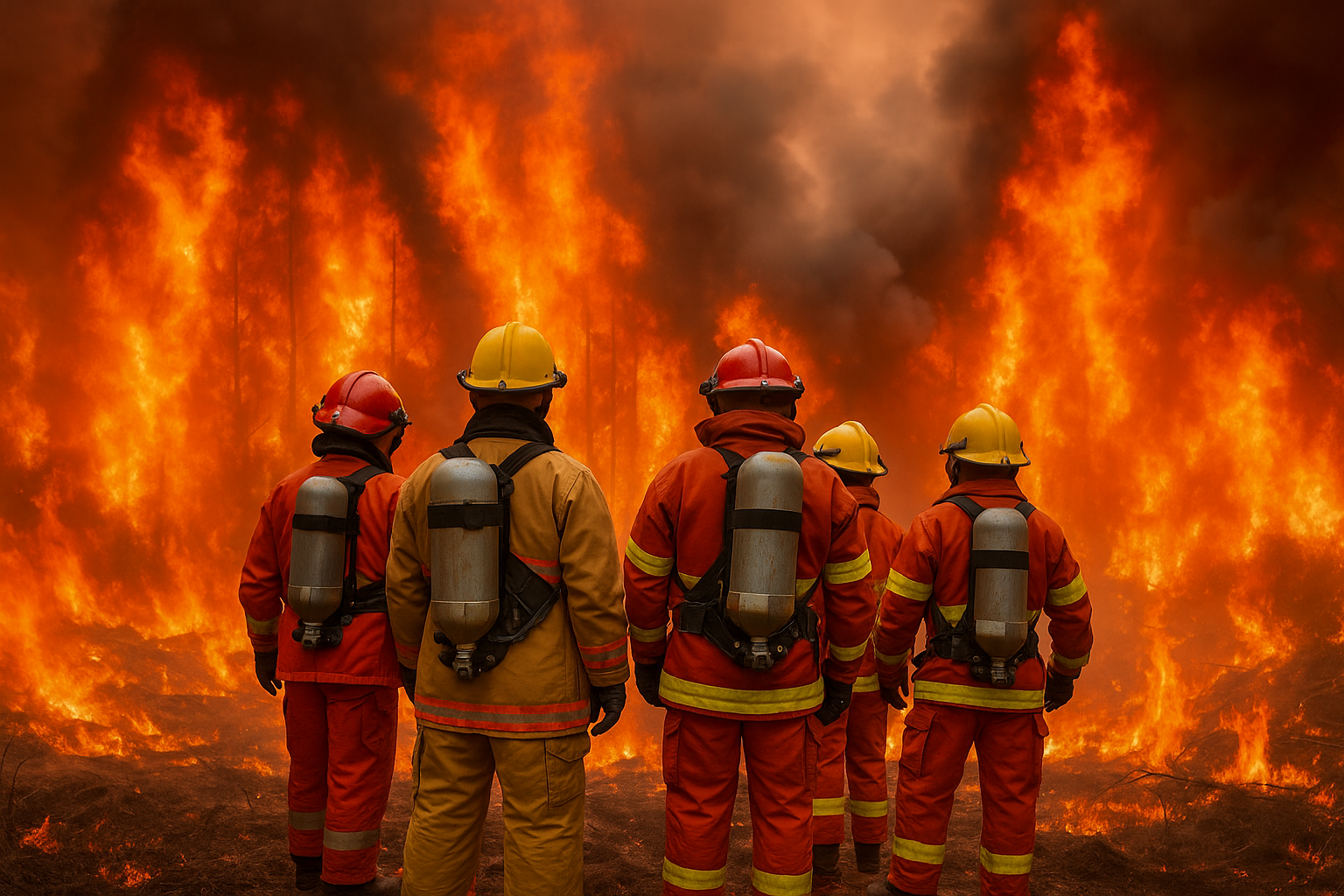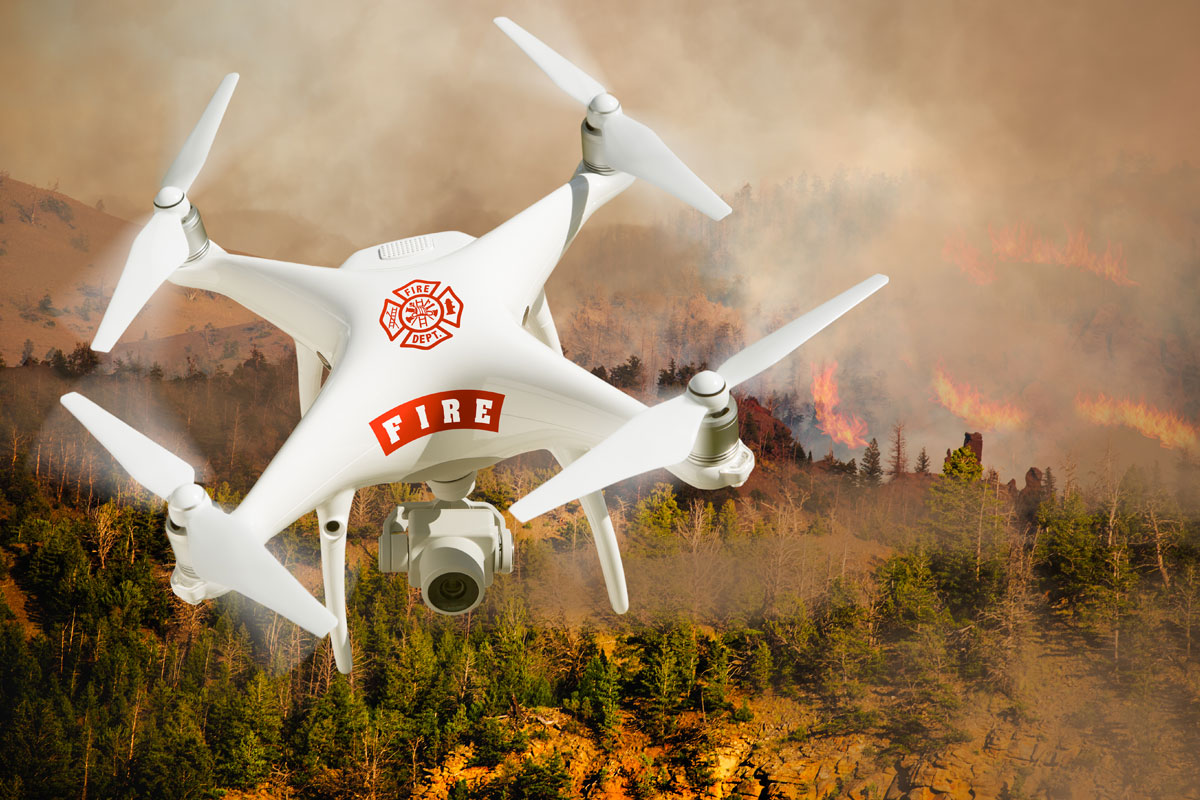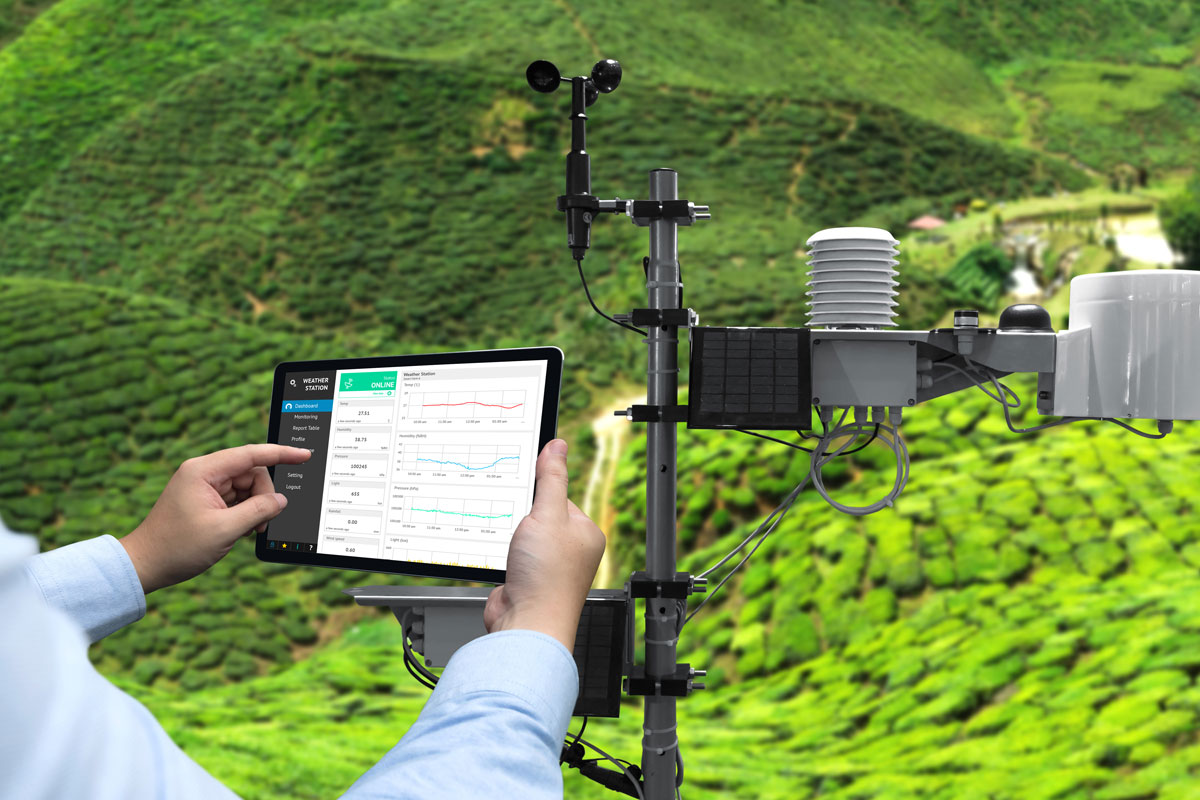
Wildfire season brings fire and feelings of unease and anxiety, for a good reason. Wildfires can be devastating, causing widespread destruction, injuries, and loss of life.
But this is also the age of technological advancement, and that brings hope and solutions.
With climate changes turning fire season into a year-round event, it’s more timely than ever to leverage the capability of smart IoT (Internet of Things) devices and technology to help warn people about wildfires in advance, saving precious time and lives.
Wildfire Statistics
Today, an average of seven million acres are burned by wildfires each year — a number that has more than doubled the average of acres burned by wildfires in the 1990s.
The United States Forest Service has found that in the next 80 years, catastrophic wildfires on federal lands will likely triple from climate change. And worldwide, the risk of wildfires is projected to increase by over 50% by this century’s end.
The main culprit? Climate change.
Climate change and wildfires are caught in a vicious cycle; conditions that favor wildfires also increase as climate changes increase. And when wildfires burn, they release carbon dioxide into the earth’s atmosphere, accelerating climate change.
Quite simply, wildfires impact climate change, and climate change impacts wildfires. Accordingly, this explains the lengthening of the wildfire season, increased acreage burned, and increased risk of wildfires.
Technologies Assisting With Wildfire Detection and Warning
As the uses and capability of smart technology continue to advance, how it can be applied to benefit the monitoring and control of wildfires also continues to grow.
Remote Sensing Technology
Remote sensing technology supports the early detection of wildfires by utilizing various smart sensors to monitor and track wildfire development, which ultimately helps minimize the likelihood of wildfires becoming too big to control.
IoT Smart Sensors
Smart sensors gather input from a physical environment, compute and process the data, and then pass it on. Smart technology can supply real-time information, generate maps of active fires, and rank their danger levels based on wildfire data collected in the past. Some can even detect the presence of smoke and gas levels in the atmosphere, and this can help identify areas at risk of wildfires and track the movement of smoke and ash from fires.
IoT-enabled satellites can detect and monitor wildfires from space. They can provide real-time data on the location and size of wildfires so firefighters and emergency services can respond quickly and efficiently.
Likewise, IoT weather monitoring systems can track environmental changes, such as temperature, humidity, wind speed, and direction. These sensors can be placed in areas prone to wildfires or forest fires, such as on trees in dry forests, to help predict and track the spread of wildfires.

Machine Learning
Edge devices are the middleman for transferring IoT data between local devices and the cloud. Edge devices with machine learning capabilities can use algorithms to analyze data and generate valuable insights. As data and insights accumulate, well-placed edge devices can help identify high-risk wildfire areas, predict their likelihood of occurring in particular areas, and prioritize prevention and mitigation efforts.
Drones
Drones can utilize different IoT smart sensors to effectively monitor large areas and measure moisture levels on the ground to help detect potential wildfire hazards.
Drones with thermal and chemical sensors help identify hot spots and heat signatures that present wildfire threats. Thermal imaging technology can also help to detect fires that are not visible to the naked eye.
Current Solutions to Watch
Companies are already making strides in implementing smart technologies for wildfire monitoring, warning, and control. Some of these players include:
Dryad
An innovative company based in Berlin, Dryad has created Silvanet: a solar-powered early wildfire detection system that monitors gas patterns in the air. The system operates on the LoRaWAN standard, which supports constant, real-time data collection and transmission from vast areas — even if they’re incredibly remote.
Dryad’s Silvanet system senses and monitors the air quality and its precise gas levels. Depending on the placement of sensors, the Silvanet system can detect and report new wildfires within 30 minutes to an hour.
LADSensors Forest Supervisor
The LADSensors Forest Supervisor, a wildfire detection system, implements a variety of sensors in conjunction with artificial intelligence (AI) algorithms to detect and predict the spread of wildfires around the clock.
The system’s sensors measure wildfire factors, including wind speed and direction, temperature, carbon dioxide levels, and humidity.
Forest Capsules
Kerlink and NetOP Technology have partnered to create a system that helps predict and prevent wildfires: Forest Capsules. The capsules use smart sensors, AI, and machine learning to monitor and analyze environmental factors like temperature, humidity, carbon dioxide levels and volatile organic compounds. As a result, Forest Capsules deliver wildfire predictions, risk calculations, and smart terrain and heat maps.

How Ambiq Contributes
Wildfires and climate change are interconnected issues, and here at Ambiq®, we believe in combating climate change through the use of AI and smart devices to reduce global energy consumption.
Our goal is clear: to enable AI on all mobile and portable devices. That’s why we create and deliver technologies, products, and solutions that are specifically designed to increase computing power at unprecedented energy levels.
Our advanced Sub-threshold Power Optimized Technology (SPOT®) platform can help manufacturers worldwide create wildfire detection and prevention products capable of operating on a lithium battery or a single charge for days, months, or even years! Visit https://ambiq.com/wearables for more information.


